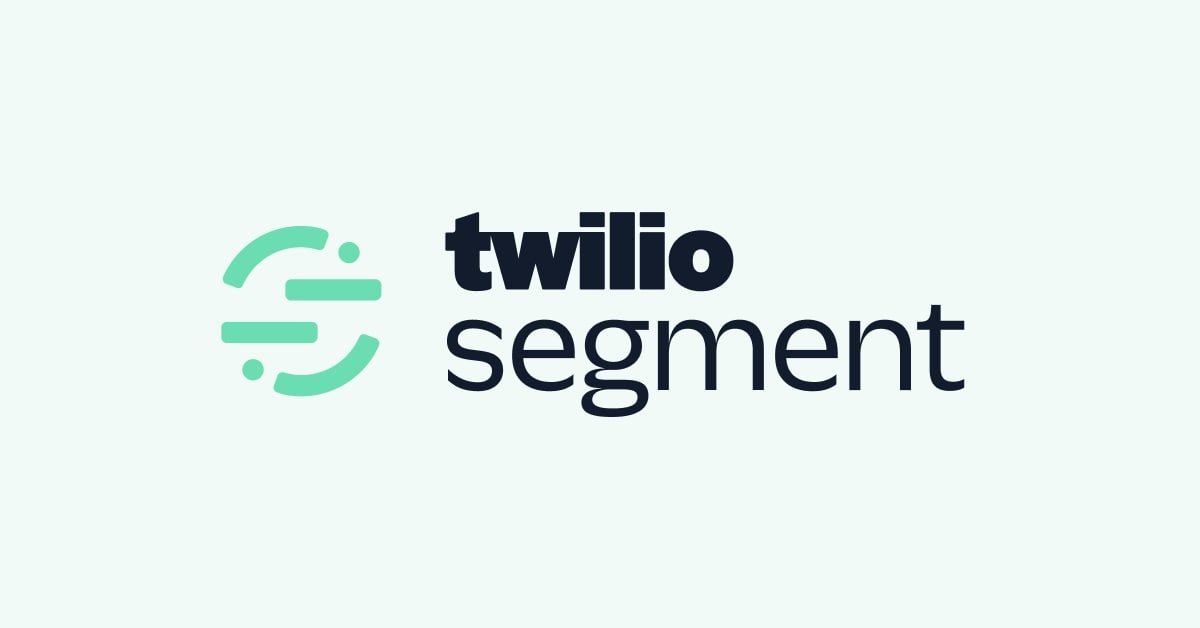Data lifecycle management (DLM) is an approach to managing data throughout its lifecycle, from data entry to data destruction. Data is separated into phases based on different criteria, and it moves through these stages as it completes different tasks or meets certain requirements. A good DLM process provides structure and organization to a business’s data, which in turn enables key goals within the process, such as data security and data availability.
References
-
 Include the principles of Data Lifecycle Management to your business strategy to get the most out of your data. A blog post for businesses of every size.🔗blog.hubspot.com
Include the principles of Data Lifecycle Management to your business strategy to get the most out of your data. A blog post for businesses of every size.🔗blog.hubspot.com -
 We outline the key data lifecycle stages and explain how understanding them helps teams maximize data value.🔗Segment
We outline the key data lifecycle stages and explain how understanding them helps teams maximize data value.🔗Segment -
 Learn about data lifecycle management, which is an approach to managing data throughout its lifecycle, from data acquisition to deletion.🔗ibm.com
Learn about data lifecycle management, which is an approach to managing data throughout its lifecycle, from data acquisition to deletion.🔗ibm.com -
 Learn how a data lifecycle management program tracks data as it moves through the stages including its collection, use and disposition.🔗WhatIs
Learn how a data lifecycle management program tracks data as it moves through the stages including its collection, use and disposition.🔗WhatIs -
 Data lifecycle management deals with managing the flow of data throughout its lifecycle: from creation to deletion. Find out why it’s vital for your business.🔗Unitrends
Data lifecycle management deals with managing the flow of data throughout its lifecycle: from creation to deletion. Find out why it’s vital for your business.🔗Unitrends

 Lifecycle
Lifecycle